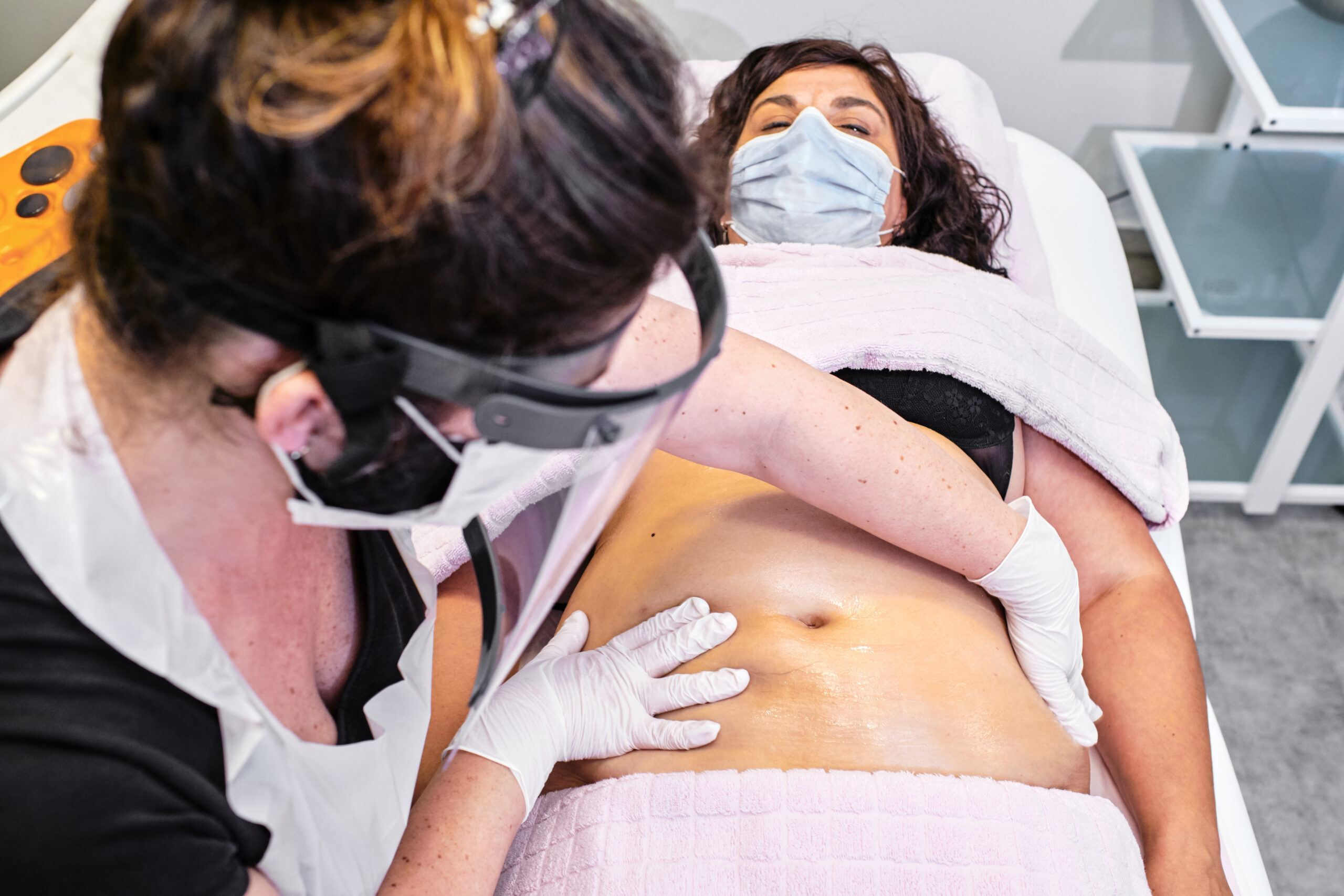Millions of people—primarily women—suffer from chronic swelling, pain, and fat accumulation in their legs, arms, and other areas of the body. Yet, many remain misdiagnosed or unaware of what’s truly affecting them.
Two conditions that are often confused are Lipoedema and Lymphedema. While they share some similarities, they are fundamentally different in cause, progression, and treatment. Understanding these differences is crucial for proper diagnosis and effective management.
Let’s break down what sets Lipoedema and Lymphedema apart, how they affect the body, and the treatment options available for both.
What is Lipoedema?
Lipoedema is a chronic fat disorder that primarily affects women, leading to an abnormal accumulation of fat cells in the legs, hips, and arms. It is a hormone-driven, genetic condition that is not caused by obesity or lifestyle choices.
Key Characteristics of Lipoedema:







Lipoedema is often misdiagnosed as obesity, leading many women to suffer in silence. No matter how much they diet or exercise, the fat deposits remain unchanged, causing frustration and emotional distress.
What is Lymphedema?
Lymphedema is a chronic condition of the lymphatic system, leading to fluid retention and swelling (edema) in the limbs. Unlike Lipoedema, which is a fat disorder, Lymphedema occurs when the lymphatic system is damaged or blocked, preventing the proper drainage of fluid.
Key Characteristics of Lymphedema:





Lymphedema can be congenital (primary) or acquired (secondary), often caused by surgery, radiation therapy, trauma, or infections.
Lipoedema vs. Lymphedema: Side-by-Side Comparison
| Feature | Lipoedema | Lymphedema |
| Cause | Genetic & hormonal fat disorder | Lymphatic system dysfunction |
| Affected Areas | Legs, hips, arms (symmetrical) | Usually one limb, including hands or feet |
| Swelling Type | Soft, painful fat buildup | Fluid retention, pitting edema |
| Skin Sensitivity | Painful, bruises easily | Skin thickening, possible fibrosis |
| Feet & Hands | NOT affected | ARE affected |
| Progression | Gradual worsening | Can be sudden after trauma or surgery |
| Diet & Exercise Response | Does NOT respond to weight loss efforts | Can improve with movement & therapy |
| Treatment Options | Liposuction, compression, MLD therapy | Compression, lymphatic drainage, exercise |
Misdiagnosis & Overlapping Symptoms
Because both conditions involve swelling and changes in limb size, doctors often misdiagnose lipoedema as obesity or lymphedema. This leads to frustration for patients, as standard treatments for weight loss or fluid retention don’t provide relief for lipoedema-related fat buildup.
Some women may even develop both conditions simultaneously, called Lipo-Lymphedema, where fat accumulation from lipoedema leads to secondary lymphatic dysfunction.
This makes early diagnosis and proper evaluation by a specialist crucial to ensure the right treatment plan.

Treatment Options for Lipoedema & Lymphedema
While both conditions are chronic and have no cure, proper treatment can significantly improve quality of life.
Lipoedema Treatment:




Lymphedema Treatment:




Common Myths About Lipoedema & Lymphedema








FAQs About Lipoedema & Lymphedema

Yes, this is called Lipo-Lymphedema, which occurs when lipoedema progresses to the point of affecting the lymphatic system.

The main difference is that Lipoedema does NOT affect the hands and feet, while Lymphedema does. A medical specialist can confirm the diagnosis with a physical exam.

Lipoedema is believed to be hereditary, while Lymphedema can be congenital or acquired after surgery, trauma, or infections.

Yes, if left untreated, Lipoedema can lead to secondary Lymphedema, causing further swelling and complications.
The Importance of Awareness
Understanding the difference between Lipoedema and Lymphedema is crucial for early diagnosis and proper treatment. Both conditions can significantly impact daily life, but with the right medical care, symptoms can be managed, and mobility can improve.
For too long, women with Lipoedema have been dismissed and misdiagnosed. Increasing awareness ensures that those affected receive the care, validation, and support they deserve.
If you or someone you know is struggling with chronic swelling, pain, or unexplained fat accumulation, don’t stop advocating for your health—your well-being matters.
Further Reading & Resources



